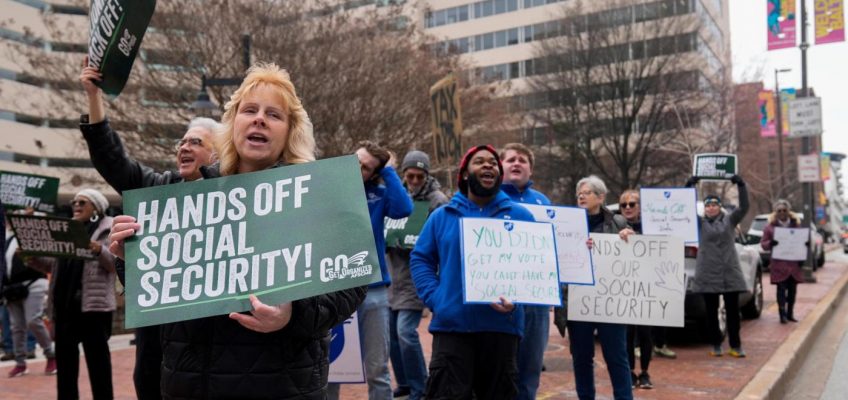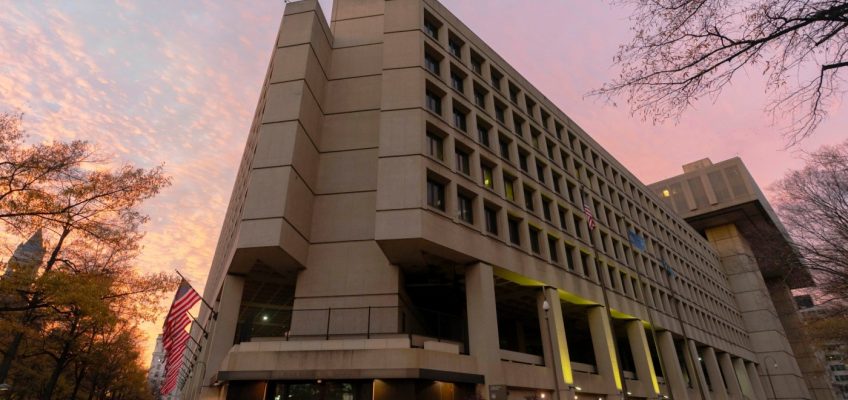By LINDSAY WHITEHURST, Associated Press
WASHINGTON (AP) — A federal judge on Thursday temporarily blocked Elon Musk ’s Department of Government Efficiency from Social Security Administration systems that hold personal data on millions of Americans.
The decision from U.S. District Judge Ellen Hollander in Maryland also requires the team to delete any personally identifiable data they may have. It comes after labor unions and retirees asked for an emergency order limiting DOGE access to the agency and its vast troves of personal data.
They said DOGE’s “nearly unlimited” access violates privacy laws and presents massive information security risks. A recently departed Social Security official who saw the DOGE team sweep into the agency said she is deeply worried about sensitive information being exposed.
Related Articles
Researchers find a hint at how to delay Alzheimer’s symptoms. Now they have to prove it
Here’s how some human rights and LGBTQ+ groups prepared for major foreign aid cuts under Trump
Child tax credits, long a liberal priority, find favor in Republican states
Trump’s bluntness powered a White House comeback. Now his words are getting him in trouble in court
California’s wine industry leery of tariffs, but some growers hope they help
The Trump administration says DOGE has a 10-person team of federal employees at the Social Security Administration, seven of whom have been granted read-only access to agency systems or personally identifiable information.
The administration has said DOGE is targeting waste and fraud in the federal government.
Hollander, though, found that the ends may not justify the means.
“The DOGE Team is essentially engaged in a fishing expedition at SSA, in search of a fraud epidemic, based on little more than suspicion,” she wrote.
Attorneys for the government argued the DOGE access doesn’t deviate significantly from normal practices inside the agency, where employees are routinely allowed to search its databases. But attorneys for the plaintiffs called the access unprecedented.
DOGE has gotten at least some access to other government databases, including at the Treasury Department and IRS.
At SSA, DOGE staffers swept into the agency days after Trump’s inauguration and pressed for a software engineer to quickly get access to data systems that are normally carefully restricted even within the government, a former official said in court documents.
The team appeared to be searching for fraud based on inaccuracies and misunderstandings, according to Tiffany Flick, the former acting chief of staff to the acting commissioner.
Hollander, who is based in Baltimore and was nominated by President Barack Obama, is the latest judge to consider a DOGE related case. The team has drawn nearly two dozen lawsuits, some of which have shed light on staffing and operations that have largely been kept under wraps.
Several judges have raised questions about DOGE’s sweeping cost-cutting efforts, but they have not always agreed that the risks are imminent enough to block the team from government systems.
Associated Press writer Lea Skene in Baltimore contributed reporting.




